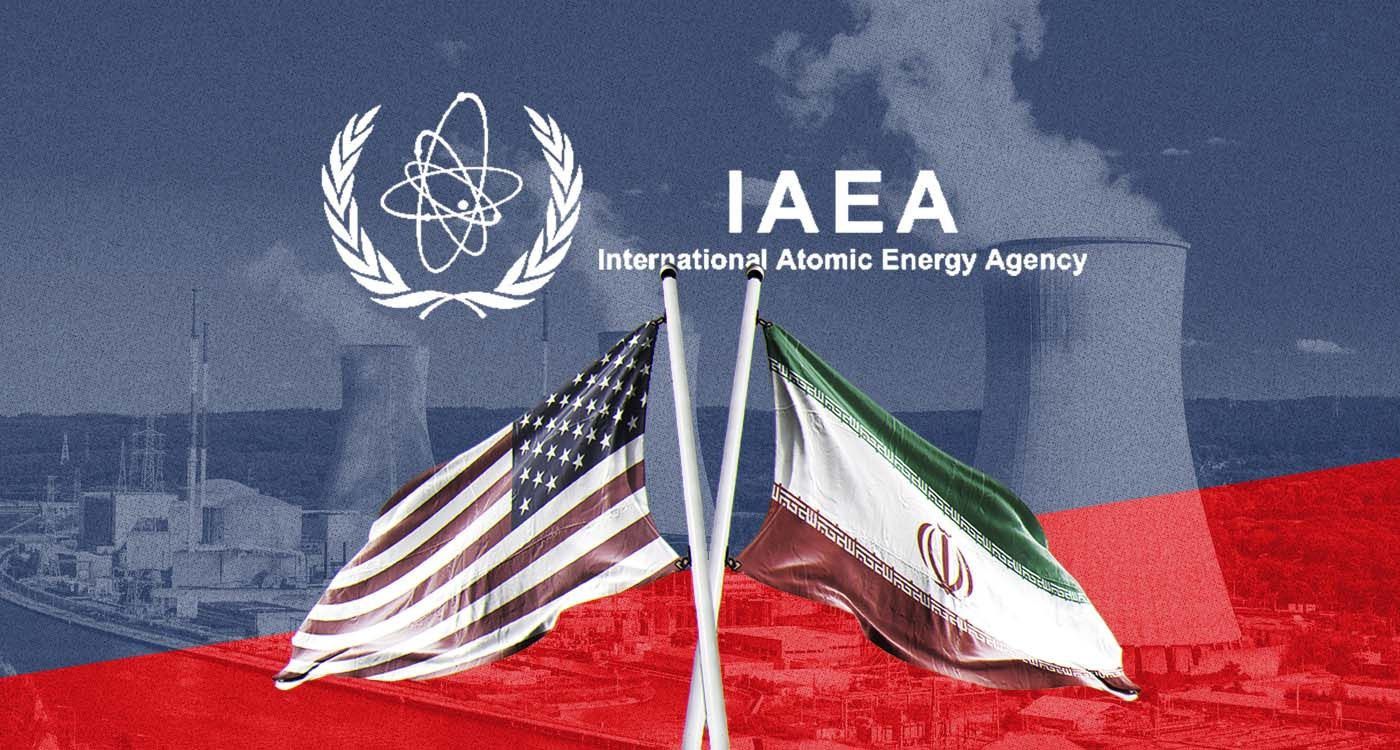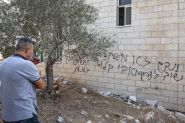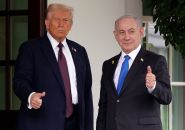- Home
- Middle East
- On the Brink of Nuclear Capability, Iran Challenges Red Lines

©This is Beirut
Under growing international scrutiny, Iran is enriching uranium at levels unseen since the collapse of the 2015 nuclear deal. While Washington publicly hardens its rhetoric, more flexible proposals are reportedly being floated behind closed doors.
Amid firm statements, covert negotiations and ongoing inspections, Iran’s nuclear program has once again become the center of global diplomatic focus. But beyond the technical details lies a simple question: How far can Iran push before it crosses the nuclear point of no return?
A Double-Edged Technology
Uranium enrichment increases the concentration of uranium-235, a fissile isotope, in natural uranium. While civilian nuclear energy typically requires enrichment levels of 3% to 5%, enrichment above 90% is suitable for nuclear weapons production. Because the technology can serve both peaceful and military purposes, it remains tightly regulated.
The International Atomic Energy Agency (IAEA) oversees enrichment activities to prevent their diversion into weapons programs. As a signatory to the Non-Proliferation Treaty (NPT), Iran is entitled to pursue civilian nuclear energy but has pledged not to develop nuclear arms. Ongoing negotiations are framed within this legal and diplomatic framework.

Tense Talks Between Washington and Tehran
Negotiations over a new nuclear accord continue, but key sticking points remain. On Monday, US President Donald Trump rejected any Iranian enrichment in a future agreement, stating on Truth Social, “No enrichment will be allowed.”
Nonetheless, Axios reported that the US has quietly proposed allowing Iran limited enrichment under strict conditions. The offer—emerging after five rounds of indirect talks mediated by Oman—would allow restricted enrichment on Iranian soil for a limited period. In return, Tehran would be required to dismantle advanced centrifuges, halt certain research, freeze enrichment at 3% and permit stricter IAEA inspections, including immediate implementation of the Additional Protocol. Sanctions relief would be tied to verified compliance.
Iran Demands Guarantees
Tehran insists on its right to peaceful nuclear development. “If the goal of the negotiations is to deprive Iran of its peaceful activities, then there will certainly be no agreement,” Iranian Foreign Minister Abbas Araghchi said on Monday.
Iran denies any intention of developing nuclear weapons but seeks guarantees regarding sanctions relief. “So far, the US guarantees are insufficient,” said Iranian Foreign Ministry spokesperson Esmail Baghaei.
Since Washington's unilateral withdrawal from the 2015 Joint Comprehensive Plan of Action (JCPOA) in 2018, trust between the two countries has eroded. Tehran remains wary of making further concessions without concrete guaranteed benefits.
IAEA: Iran Crosses a Critical Threshold
The IAEA's latest report adds complexity to the issue. The agency disclosed that Iran now possesses over 400 kilograms of uranium enriched to 60%—a level dangerously close to weapons production.
This quantity far exceeds civilian requirements and raises alarms among experts. If Iran enriches to 90%, it could produce enough material for a nuclear weapon.
On Saturday, IAEA Director General Rafael Grossi urged Iran to improve transparency. He called current cooperation “less than satisfactory” and cited blocked access to undeclared sites where nuclear material has been detected. An IAEA Board of Governors meeting is set for June 9–13 in Vienna to review the situation.
Global Reactions
Israel is monitoring developments closely. The Netanyahu government accuses Iran of secretly pursuing nuclear weapons, arguing that enrichment at 60% serves no civilian purpose. Israeli officials have warned of possible preemptive strikes if diplomacy fails. Axios also reported that President Trump urged Prime Minister Netanyahu not to take unilateral action that could derail ongoing talks.
In Europe, France, Germany and the UK have voiced concerns and threatened to invoke the JCPOA’s “snapback” mechanism, which would automatically reinstate UN sanctions if Iran is found in violation.
Efforts to defuse tensions continue. Oman has taken a lead role in mediation, while Egypt has hosted talks involving Iran, Arab officials and IAEA representatives. The aim is to avoid military escalation.
A High-Stakes Equation
The challenge remains unresolved: How to prevent Iran from developing nuclear weapons while respecting its right to civilian energy.
So far, no agreement has been finalized, but diplomatic channels remain open. Rafael Grossi expressed hope for a “positive outcome,” affirming that the IAEA will continue to monitor the situation closely.
Meanwhile, in Iran, centrifuges keep spinning while diplomacy falters. The key question is whether negotiators can convert this high-risk situation into a lasting agreement, or if Iran’s nuclear program will ignite a major regional crisis.
Read more




Comments